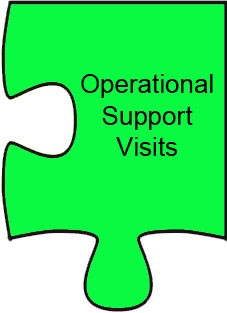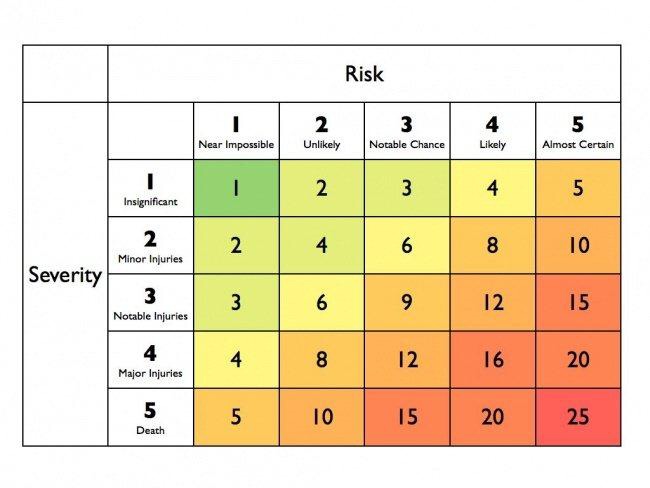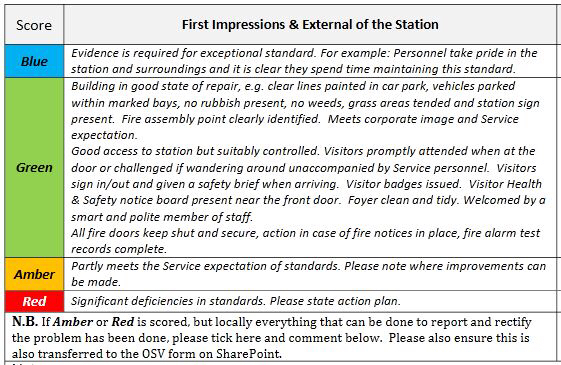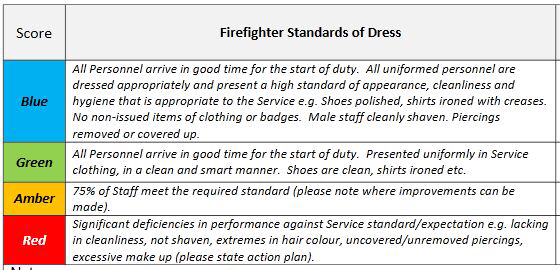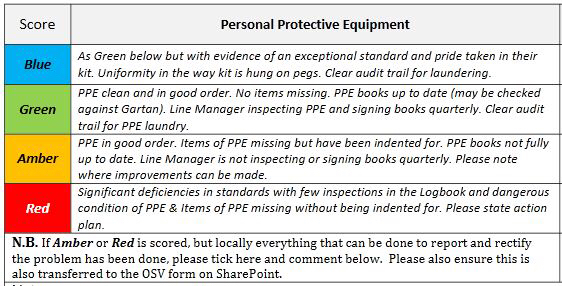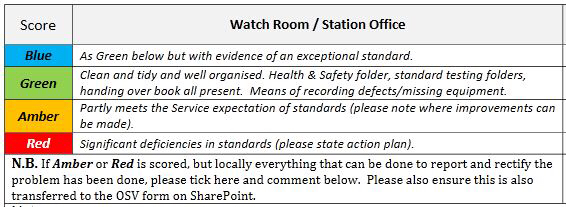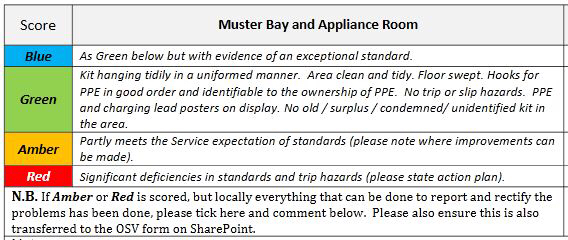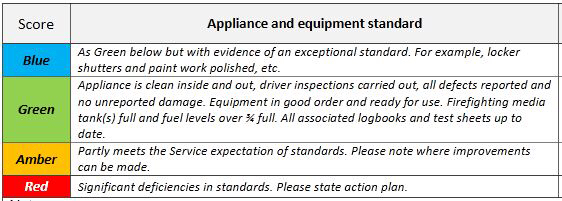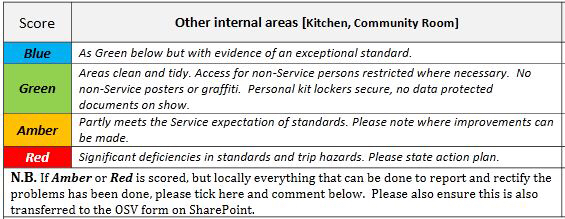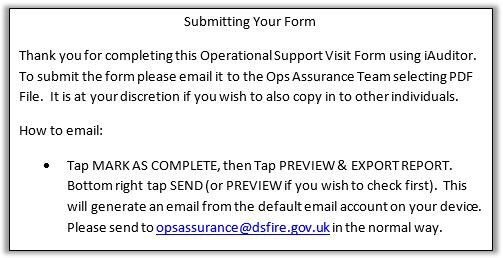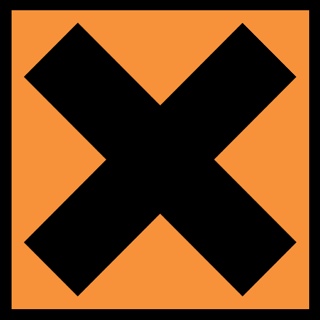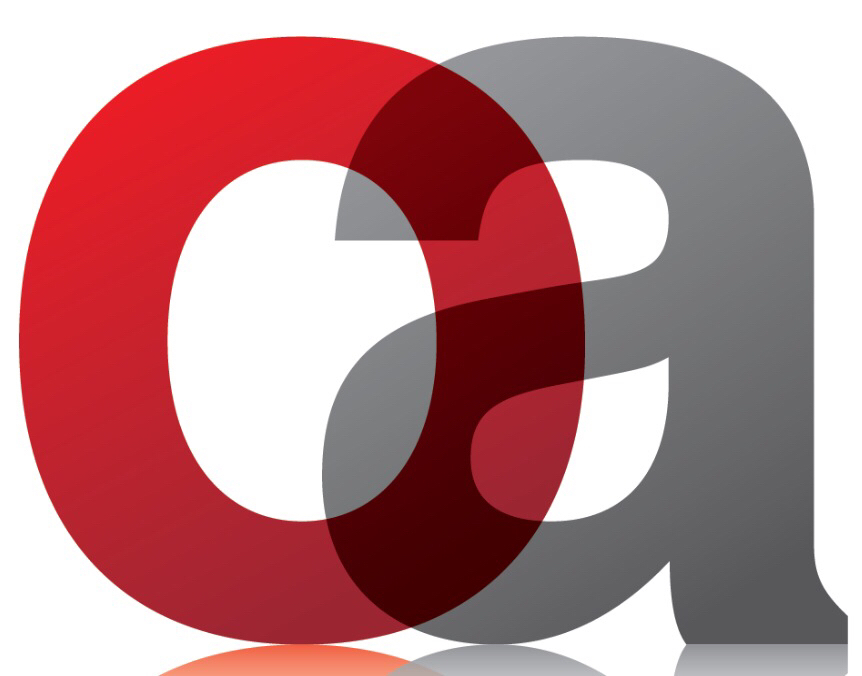Information
-
Tap on 'date' to change to the visit date if required
-
Date of Visit
-
Tap in the box below to enter names of additional officers if required.
-
Visiting Officer(s)
-
Location/Team(s) Visited
- Appledore
- Ashburton
- Axminster
- Bampton
- Barnstaple Blue
- Barnstaple Green
- Barnstaple RDS
- Barnstaple Red
- Barnstaple White
- Bere Alston
- Bideford
- Bovey Tracey
- Braunton
- Bridgwater Blue
- Bridgwater Green
- Bridgwater RDS
- Bridgwater Red
- Bridgwater White
- Brixham
- Buckfastleigh
- Budleigh Salterton
- Burnham on Sea
- Camels Head Blue
- Camels Head Green
- Camels Head Red
- Camels Head White
- Castle Cary
- Central Command Watch Manager's Forum
- Central East GST
- Central North GST
- Central West GST
- Chagford
- Chard
- Cheddar
- Chulmleigh
- Colyton
- Combe Martin
- Control Blue
- Control Green
- Control GST
- Control Red
- Control White
- Crediton
- Crewkerne
- Crownhill Blue
- Crownhill Green
- Crownhill RDS
- Crownhill Red
- Crownhill White
- Cullompton
- Danes Castle Blue
- Danes Castle Green
- Danes Castle RDS
- Danes Castle Red
- Danes Castle White
- Dartmouth
- Dawlish
- Dulverton
- Exmouth Blue
- Exmouth Green
- Exmouth RDS
- Exmouth Red
- Exmouth White
- Frome
- Glastonbury
- Greenbank Blue
- Greenbank Green
- Greenbank Red
- Greenbank White
- Hartland
- Hatherleigh
- Holsworthy
- Honiton
- Ilfracombe
- Ilminster
- Ivybridge
- Kingsbridge
- Kingston
- Lundy Island
- Lynton
- Martock
- Middlemoor Blue
- Middlemoor Green
- Middlemoor Red
- Middlemoor White
- Minehead
- Modbury
- Moretonhampstead
- Nether Stowey
- Newton Abbott
- North Tawton
- Okehampton
- Ottery St Mary
- Paignton Blue
- Paignton Green
- Paignton RDS
- Paignton Red
- Paignton White
- Plympton
- Plymstock
- Porlock
- Princetown
- Salcombe
- Seaton
- Shepton Mallet
- Sidmouth
- Somerset Command Support Team
- Somerset Command Watch Manager's Forum
- Somerset East GST
- Somerset West GST
- Somerton
- South Devon GST
- South Molton
- Station 60 Alpha
- Station 60 Bravo
- Station 60 Charlie
- Station 60 Delta
- Street
- Taunton Blue
- Taunton Green
- Taunton RDS
- Taunton Red
- Taunton White
- Tavistock
- Teignmouth
- Tiverton
- Topsham
- Torquay Blue
- Torquay Green
- Torquay RDS
- Torquay Red
- Torquay White
- Torrington
- Totnes
- Wellington
- Wells
- West Devon GST
- Western Command Watch Manager's Forum
- Williton
- Wincanton
- Witheridge
- Wiveliscombe
- Woolacombe
- Yelverton
- Yeovil Blue
- Yeovil Green
- Yeovil RDS
- Yeovil Red
- Yeovil White
-
In what capacity(s) are you completing the visit
- Principal Officer Visit
- Area Commander Visit
- Area Manager (Support)
- Group Commander Visit
- Group Support Team - Line Manager, LRM, Point of Contact etc.
- Group Support Team Visit
- Area Trainer
- Operational Assurance
- Command FDO / CPD Visit
- Other
-
Please select the primary purpose(s) of the visit from the list below (Multiple choices are permitted)
-
What is the primary purpose(s) of your visit?
- Corporate Communications - Specific
- Corporate Communications - Generic
- Group Support Visit - Whole station / watch
- Group Support Visit - Station / Watch management team only
- Group Support Visit - Station / Watch single Manager
- Monitoring & Verification of station 'Maintenance of Skills' Training
- Station / Watch Management Team Meeting (Wholetime Retained Stations Only)
- Quarterly Watch Commanders Meeting
- Targeted Audit only
- Command FDO CPD
- Support Department Update
- Other
Operational Support Visit
INTRODUCTION
-
Operational Support Visits (OSV) are DSFRS's method of ensuring all stations / teams are adequately supported in accordance with the guiding principles of the Health, Safety and Welfare Framework for the Operational Environment 2013.
Guiding Principles;
- Recognition that management is accountable and has constant active engagement in the Authority's operations, accepting prime responsibility for accident and ill health prevention, including monitoring of employee health.
- Engagement of the workforce, encouraging and establishing upward and downward communication systems and appropriate management structures in the promotion and achievement of a good health and safety culture.
- The personal responsibilities of individuals are clear and health, safety and welfare is embedded into all activities and not seen as separate.
- Provision of high quality training to ensure all personnel are competent to perform their roles and to make appropriate operational decisions.
Monitoring safety performance and incident command based both on leading and lagging indicators is central to ensuring the operational risk are being effectively managed.
Leading indicators involve routine systematic checks that specific activities are undertaken as intended, for example, regular confirmation that competence-based training is being completed on time and to an appropriate standard. This may involve the direct observation of training, drills and exercises to monitor adherence to performance standards, including safe system of work and standard operational procedures. In addition it may also involve the inspection of stations, the workplace and work processes to ensure preventative maintenance is being undertaken.
It may also involve specific monitoring in the form of a targeted audit stipulated by the Operational Assurance Team or through random observations; tours; periodic surveys on opinions; and inspections by safety representatives.
The contents of this form will be managed by the Organisational Safety Assurance Department who will use it to identify trends and dissemination of best practice. Thank you for taking part and if you would like to respond please email .Ops Assurance.
NOTE: This process should not be used to gather private, sensitive or confidential information in accordance with DSFRS Information Assurance Policy. -
0.6 If appropriate please give a brief description and scope of the OSV e.g topics discussed, information exchanged etc. (remember do not include personal, sensitive and/ or confidential information)
ORGANISATIONAL LEARNING
-
1.1 Have any Risk Critical or Significant Health & Safety issues been identified?
-
NOTE: This form should be used to record Risk Critical or Significant issues for trend analysis and dissemination of potential risks or good practice. It is not a substitute for official recognised procedures such as Safety Event Recording / ES9's etc.
If you are using this form to request actions by local managers or support departments, it should be explicit who they are aimed at and the actions required. The use of SMART Objectives are recommended. -
Please provide a description of the issue identified.
-
Consider using a photograph if appropriate
-
Photographs can also be annotated with writing or arrows for clarity - add media then click on uploaded picture which will then appear full screen size. In the top corner ANNOTATE will appear!
-
-
1.99a Please score the risk critical issue using the risk matrix above.
- 1
- 2
- 3
- 4
- 5
- 6
- 8
- 9
- 10
- 12
- 15
- 16
- 20
- 25
-
Due to the severity / risk initiate an ES9 or other recognised procedure to control and mitigate the risk to personnel or others.
-
1.99c What remedial action(s) have you or are you going to implement?
-
Enter ES9 / AR No. and date Control informed
-
Provide details of what actions have been (or will be) taken including the names of those responsible for completing tasks?
-
Provide details of what actions have been (or will be) taken including the names of those responsible for completing tasks?
-
Consideration should be given to raising a ES9 or other formal procedures to mitigate the risk.
-
Provide details of any actions taken or will be taken including the names of those to complete tasks?
-
This is unlikely to require formal procedures such as an ES9 but this should be considered if appropriate.
-
Provide details of any actions taken or will be taken including the names of those to complete tasks?
-
Does this issue have wider implications?
-
1.99d If appropriate for trend analysis, please record any issues/ blockers / frustrations etc. raised by the OSV (e.g the three biggest challenges to performance. It is the responsibility of the individual visiting to raise the concerns in addition to this record. (Remember, private, confidential or sensitive information should not be recorded within an OSV).
-
1.2 Has any Significant Learning or new Best Practice been identified?
-
1.99e. Please add further information about the Significant Learning or Best Practice identified.
-
Add images to support your findings if appropriate.
-
Is there any information you would like communicated to the person(s) visited or other person(s) e.g. précis of discussions or any outcomes?
-
Please record here the name(s) of other people you would like to be included.
Visit Detail
PROGRAMMED OFFICER VISIT
-
Have you completed a Programmed Officer Visit?
-
9.1. Please enter your feedback here.
-
Add images to support your findings if appropriate.
FOCUS POINT COMMUNICATION
-
Have you communicated a Focus Point message?
-
7.1. Please enter any feedback to Focus Point message here.
-
Add images to support your findings if appropriate.
SPOTLIGHT FEEDBACK.
-
Would you like to record Spotlight Feedback?
-
8.1. Please enter your Spotlight feedback here.
-
Add images to support your findings if appropriate.
STATION PERFORMANCE & SAFETY AUDIT
-
Have you completed a Station Performance & Safety Audit?
-
-
First Impressions and External of the Station
-
3.1a - For the benefit of Service improvement /Best Practice, please indicate why they are performing so well?
-
Add images to support your findings if appropriate.
-
3.1b - Please add further comments e.g. Identified issue, any action implemented etc.
-
Add images to support your findings if appropriate.
-
3.1ap - Please give details of the action plan implemented including who (role not name) is responsible for completing it. The use of SMART objectives is recommended.
-
3.1d - If applicable, please add details of what local action has been carried out to report and rectify the problem.
-
Add images to support your findings if appropriate.
-
-
Firefighters Standards of Dress
-
3.2a - For the benefit of Service improvement /Best Practice, please indicate why they are performing so well?
-
Add images to support your findings if appropriate.
-
3.2b - Please add further comments e.g. Identified issue, any action implemented etc.
-
Add images to support your findings if appropriate.
-
3.2ap - Please give details of the action plan implemented including who (role not name) is responsible for completing it. The use of SMART objectives is recommended.
-
Add images to support your findings if appropriate.
-
-
Parade and Information exchange
-
3.3a - For the benefit of Service improvement /Best Practice, please indicate why they are performing so well?
-
Add images to support your findings if appropriate.
-
3.3b - Please add further comments e.g. Identified issue, any action implemented etc.
-
Add images to support your findings if appropriate.
-
3.3ap - Please give details of the action plan implemented including who (role not name) is responsible for completing it. The use of SMART objectives is recommended.
-
Add images to support your findings if appropriate.
-
-
Personal Protective Equipment
-
3.4a - For the benefit of Service improvement /Best Practice, please indicate why they are performing so well?
-
Add images to support your findings if appropriate.
-
3.4b - Please add further comments e.g. Identified issue, any action implemented etc.
-
Add images to support your findings if appropriate.
-
3.4ap - Please give details of the action plan implemented including who (role not name) is responsible for completing it. The use of SMART objectives is recommended.
-
3.4d - If applicable, please add details of what local action has been carried out to report and rectify the problem.
-
Add images to support your findings if appropriate.
-
-
Watch Room & Station Office
-
3.5a - For the benefit of Service improvement /Best Practice, please indicate why they are performing so well?
-
Add images to support your findings if appropriate.
-
3.5b - Please add further comments e.g. Identified issue, any action implemented etc.
-
Add images to support your findings if appropriate.
-
3.5ap - Please give details of the action plan implemented including who (role not name) is responsible for completing it. The use of SMART objectives is recommended.
-
3.5d - If applicable, please add details of what local action has been carried out to report and rectify the problem.
-
Add images to support your findings if appropriate.
-
-
Station / Watch management.
-
3.6a - For the benefit of Service improvement /Best Practice, please indicate why they are performing so well?
-
Add images to support your findings if appropriate.
-
3.6b - Please add further comments e.g. Identified issue, any action implemented etc.
-
Add images to support your findings if appropriate.
-
3.6ap - Please give details of the action plan implemented including who (role not name) is responsible for completing it. The use of SMART objectives is recommended.
-
Add images to support your findings if appropriate.
-
-
Work Planning
-
3.7a - For the benefit of Service improvement /Best Practice, please indicate why they are performing so well?
-
Add images to support your findings if appropriate.
-
3.7b - Please add further comments e.g. Identified issue, any action implemented etc.
-
Add images to support your findings if appropriate.
-
3.7ap - Please give details of the action plan implemented including who (role not name) is responsible for completing it. The use of SMART objectives is recommended.
-
Add images to support your findings if appropriate.
-
-
Maintenance of Skills
-
3.8a - For the benefit of Service improvement /Best Practice, please indicate why they are performing so well?
-
Add images to support your findings if appropriate.
-
3.8b - Please add further comments e.g. Identified issue, any action implemented etc.
-
Add images to support your findings if appropriate.
-
3.8ap - Please give details of the action plan implemented including who (role not name) is responsible for completing it. The use of SMART objectives is recommended.
-
Add images to support your findings if appropriate.
-
-
Muster Bay and Appliance Room
-
3.9a - For the benefit of Service improvement /Best Practice, please indicate why they are performing so well?
-
Add images to support your findings if appropriate.
-
3.9b - Please add further comments e.g. Identified issue, any action implemented etc.
-
Add images to support your findings if appropriate.
-
3.9ap - Please give details of the action plan implemented including who (role not name) is responsible for completing it. The use of SMART objectives is recommended.
-
3.9d - If applicable, please add details of what local action has been carried out to report and rectify the problem.
-
Add images to support your findings if appropriate.
-
-
Appliance and Equipment standard
-
3.10a - For the benefit of Service improvement /Best Practice, please indicate why they are performing so well?
-
Add images to support your findings if appropriate.
-
3.10b - Please add further comments e.g. Identified issue, any action implemented etc.
-
Add images to support your findings if appropriate.
-
3.10ap - Please give details of the action plan implemented including who (role not name) is responsible for completing it. The use of SMART objectives is recommended.
-
Add images to support your findings if appropriate.
-
-
Other Internal areas
-
3.11a - For the benefit of Service improvement /Best Practice, please indicate why they are performing so well?
-
Add images to support your findings if appropriate.
-
3.11b - Please add further comments e.g. Identified issue, any action implemented etc.
-
Add images to support your findings if appropriate.
-
3.11ap - Please give details of the action plan implemented including who (role not name) is responsible for completing it. The use of SMART objectives is recommended.
-
3.11d - If applicable, please add details of what local action has been carried out to report and rectify the problem.
-
Add images to support your findings if appropriate.
-
-
Overall Score
-
Please add any final comments about this audit
-
Add images to support your findings if appropriate.
